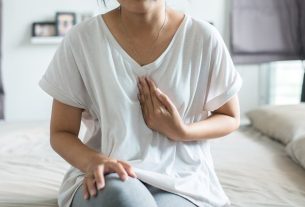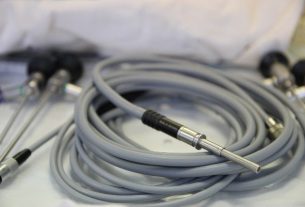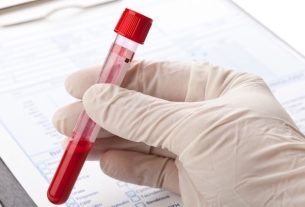A mammogram is an exam that allows the internal region of the breasts to be viewed, with the aim of identifying changes that may indicate the development of breast cancer.
The mammography exam is normally recommended for women aged 40 and overhowever women aged 35 who have a family history of breast cancer should also have a mammogram.
By analyzing the results, the mastologist will be able to identify benign lesions, which may not require treatment, but may also notice small changes that are an early sign of cancer. When breast cancer is identified early, the chances of a cure increase greatly. See also the main signs and symptoms of breast cancer.

What is it for
A mammogram is an imaging test that is used to investigate and diagnose early breast cancer.
This exam also allows you to check the presence of nodules or cysts, their size and characteristics, making it possible to assess whether the change is benign or malignant.
When to have a mammogram
Mammograms are recommended as a routine exam for women over the age of 40, with the exam usually being repeated every 1 or 2 years.
However, women who have a family history of cancer should have a mammogram from the age of 35.
Furthermore, regardless of age, if the presence of any changes is detected during a breast self-examination, it is important to consult a gynecologist or mastologist.
Make an appointment with the nearest mastologist to assess the need for a mammogram:
Taking care of your health has never been easier!
Can people with silicone have a mammogram?
Yes. Although silicone prostheses may interfere with image capture, it is possible to adapt the technique and capture all the necessary images around the prosthesis, however more compressions may be necessary to obtain the images desired by the doctor.
In the case of women with silicone implants, the doctor may also recommend digital mammography, which is a more accurate and less uncomfortable exam.
How to prepare for the exam
To undergo a mammogram, no specific preparations are necessary, it is only recommended that women avoid using deodorant, talcum powder or creams in the breast and armpit area.
It is also advised that the exam is not carried out days before menstruation, as during this period the breasts are more sensitive and may cause greater discomfort.
How a mammogram is done
A mammogram is a very simple exam, but it can cause discomfort for the woman, because the breast is placed in equipment that puts pressure on the breast, in order to obtain a clearer image of the breast tissue.
Depending on the size of the breast and the density of the tissue, the compression time may vary from woman to woman and may be more or less uncomfortable or painful.
How to understand the results
The result of the mammogram is indicated according to the BI-RADS system, which classifies the changes observed by the doctor into some degrees.
When no changes are identified, the exam is considered normal and the classification given in the report is BI-RADS 1. However, if the presence of small nodules with benign characteristics is identified, the classification is BI-RADS 3, and it is recommended that The woman has a mammogram every 6 months. Find out how to understand the results of your mammogram.
Does breast cancer always show up on mammograms?
Whenever the breasts are very dense and there is a lump, it may not be seen on mammography. For this reason, it is very important that, in addition to the mammogram, a physical examination of the breasts and armpits is carried out by a mastologist, as this way changes such as nodules, changes in the skin and nipples, palpable lymph nodes in the armpit can be found.
If the doctor notices a lump, a mammogram may be requested, even if the woman is not yet 40 years old, because whenever there is a suspicion of breast cancer, investigation must be carried out.

Sign up for our newsletter and stay up to date with exclusive news
that can transform your routine!
Warning: Undefined array key "title" in /home/storelat/public_html/wp-content/plugins/link-whisper-premium/templates/frontend/related-posts.php on line 12
Warning: Undefined array key "title_tag" in /home/storelat/public_html/wp-content/plugins/link-whisper-premium/templates/frontend/related-posts.php on line 13



